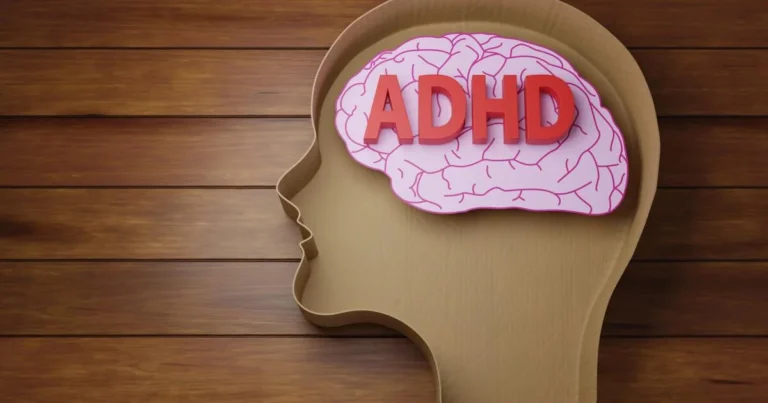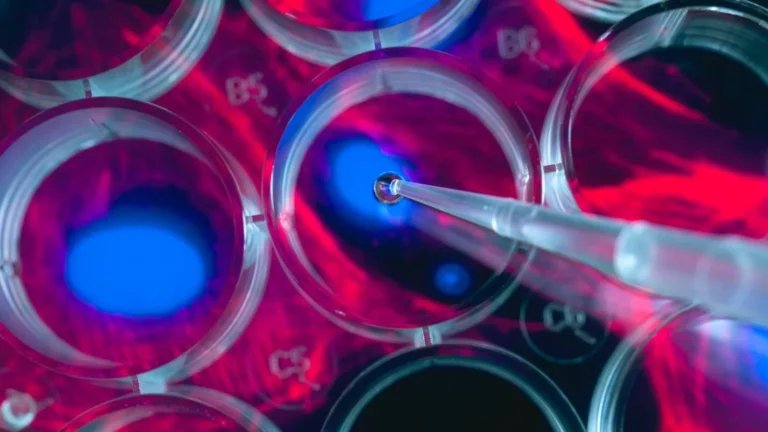A clear gel that taps the chemistry of saliva may soon change what happens when a dentist sees a white spot or early cavity. In lab tests on human teeth, the material rebuilt enamel crystals in days, not months, and did so in the same tightly ordered pattern nature uses. If those results hold up in people, routine drilling and filling could give way to regrowing what was lost.
Why enamel matters—and why it rarely gets a second chance
Tooth enamel is the body’s hardest tissue, a glassy armor that shields sensitive dentin and pulp from acids, bacteria, and bite forces. Once it’s gone, though, it doesn’t grow back. That’s why modern dentistry leans on prevention and repair: fluoride to harden what remains, sealants and bonding to cover defects, composite or amalgam to fill cavities.
Those measures help, but they don’t truly restore enamel’s intricate crystal lattice. They can slow decay and ease sensitivity, yet the underlying structure—microscopic rods of hydroxyapatite aligned like packed logs—remains weakened or missing. A material that could rebuild that architecture would mark a shift from patching to regeneration.
“Enamel is the first line of defence. Once that line of defence starts to break down, tooth decay becomes accelerated,” said Alvaro Mata of the University of Nottingham.
The science behind a saliva-inspired rebuild
Mata and colleagues engineered a gel that borrows a page from early-life tooth formation. It contains a modified protein designed to behave like amelogenin, a natural guide for enamel growth in infancy. When the team applied the gel to demineralized human teeth and bathed them in calcium and phosphate—the same ions present in saliva—new enamel crystals formed beneath the gel layer.
Crucially, those crystals did not grow randomly. They extended in register with the surviving enamel, a process called epitaxy. That meant the fresh mineral locked into the native tissue’s orientation, recreating its hardness and resilience instead of laying a brittle, superficial coat.
“The gel was able to grow crystals epitaxially, which means it’s in the same crystallographic orientation as existing enamel,” Mata said. In the study, the regrown layer typically reached up to about 10 micrometers thick within a week.
Under electron microscopy, pitted and eroded enamel gave way to newly organized crystals after one to two weeks of treatment. The gel also filled microscopic holes and cracks, acting as a scaffold that directed ordered growth even when wear was severe enough to expose dentin. In durability tests, the coating stayed put for weeks, withstanding brushing while underlying crystals continued to organize.
The approach refines earlier efforts. A 2019 strategy produced thinner coatings and only partially rebuilt deeper enamel layers. By coaxing epitaxial growth from the outset, the new gel appears to integrate with living tissue rather than merely sitting on top of it.
From lab bench to dental chair
The research, published in Nature Communications (DOI: 10.1038/s41467-025-64982-y), is moving toward first-in-human testing. The team plans clinical trials to evaluate safety, sensitivity, and performance under real-world conditions—where variables like diet, saliva flow, oral microbiome, and nighttime grinding can challenge any material.
To speed translation, Mata has launched a spinout, Mintech-Bio, with the near-term goal of a dentist-applied product. The initial vision resembles today’s fluoride varnishes or desensitizing treatments: a chairside gel painted onto early lesions or erosion-prone surfaces to regrow and stabilize enamel before a cavity takes hold.
Any product will face a familiar gauntlet: rigorous clinical evidence, regulatory review, manufacturing scale-up, and cost controls. Dentists will want to know how the gel fares on different tooth surfaces, how long benefits last, whether repeated applications build additional thickness, and how it compares with standards such as fluoride and nano-hydroxyapatite pastes.
What success could mean for everyday dentistry
If trials confirm the lab results, the implications are broad. A gel that restores enamel architecture could turn back early-stage caries, spare patients from drilling, and delay or even prevent crowns and veneers on worn teeth. For people with acid erosion—from reflux, frequent acidic drinks, or reduced saliva flow—periodic treatments might maintain a protective envelope without invasive procedures.
Because the material leverages ions already present in saliva, it aligns with the body’s own chemistry. Rather than replacing enamel wholesale, it nudges nature’s building blocks to assemble where guidance was lost. In practice, that could mean combining the gel with existing prevention—brushing, flossing, fluoride—to keep enamel above the critical threshold where demineralization outpaces repair.
There are caveats. Enamel’s original thickness varies, and severely broken or infected teeth will still need conventional restorative care. The gel’s resistance to long-term acid attacks, the risk of marginal gaps, and the aesthetics of regenerated enamel under different lighting will all need careful study. And, as with most innovations, equitable access will matter as much as technical success; a breakthrough confined to boutique clinics would miss its public-health potential.
A field pushing toward regeneration
The enamel gel is part of a wider trend in oral medicine: moving from inert repairs to biologically informed regeneration. In recent years, scientists have explored ways to restore dental pulp, regrow bone in the jaw, and even reactivate dormant tooth buds. Not all of those concepts will reach patients soon, but together they point toward a future where dentists preserve living tissue first and restore with biomaterials only as needed.
What sets the gel apart is its immediacy. It does not require stem cells, gene therapy, or complex devices. It simply supplies the right molecular cue so that calcium and phosphate—already bathing teeth between meals—organize themselves into the real thing. That simplicity could make adoption, training, and costs more manageable if clinical trials deliver.







